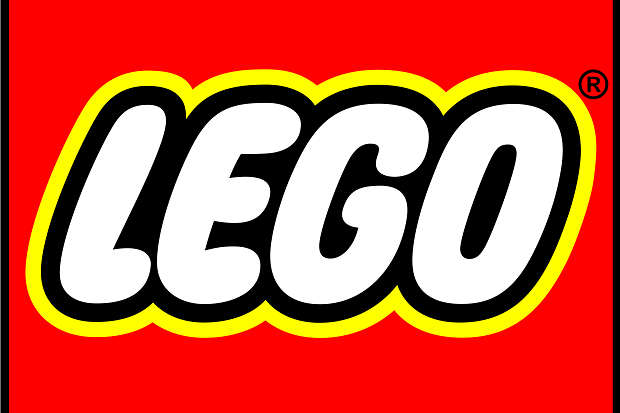Your website is more than a digital brochure—it’s a tool to drive conversions and grow your business. But for a site to convert visitors into customers, it needs to function well, not just look good. Let’s explore five key elements that make websites high-converting.
1. Clear Calls-to-Action (CTAs)
Strong calls-to-action guide visitors toward taking a specific step, like making a purchase or signing up for a newsletter. Your CTAs need to be visible, action-driven, and concise—using phrases like “Get Started” or “Sign Up Now.” Strategically place them above the fold or near relevant content to increase engagement.
2. Intuitive Navigation
Visitors should easily find what they’re looking for on your site. Intuitive navigation helps guide users through their journey by keeping menus simple and organized. Stick to clear categories and subcategories, and don’t overwhelm users with too many options. A straightforward, logical flow will keep people on your site longer.
3. Responsive Design
With more users browsing on mobile devices, responsive design is crucial. A responsive website adapts seamlessly to any screen size, providing a positive experience whether users are on a desktop or smartphone. Responsive design not only boosts conversions but also improves search engine rankings, helping new customers find you.
4. Fast Load Times
Online users are impatient—if your site takes too long to load, visitors will leave. Optimize your site’s speed by compressing images, reducing redirects, and leveraging browser caching. Fast load times keep users engaged and improve the overall user experience, making them more likely to convert.
5. Trust Signals
Building trust is essential for conversions. Display customer reviews, testimonials, security badges, and industry awards prominently on your homepage and key landing pages. These trust signals reassure visitors that your business is credible and reliable, increasing the chances they’ll follow through on a purchase.
Common Web Design Mistakes to Avoid
Even well-designed websites can lose conversions due to simple mistakes. Cluttered layouts, confusing navigation, and difficult checkout processes frustrate visitors. Instead, focus on clear design, easy-to-follow steps, and user-friendly functionality to encourage conversions.
How Lytron Maximizes Conversions Through Design
At Lytron, we’ve mastered the art of high-converting web design. We incorporate all the essential elements—clear CTAs, intuitive navigation, fast load times, responsive design, and trust signals—into every project. Our strategic approach ensures your website isn’t just visually appealing but also a powerful tool for lead generation and business growth.
Ready to optimize your site for conversions? Follow us at @lytron.us for more tips on high-converting web design!


